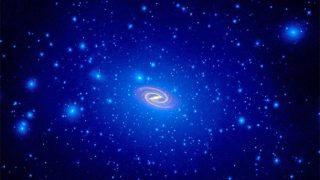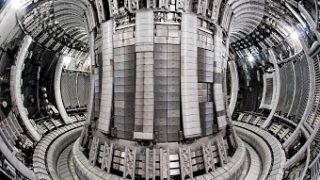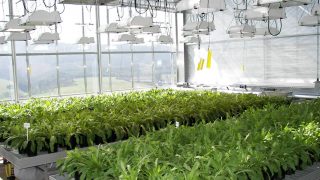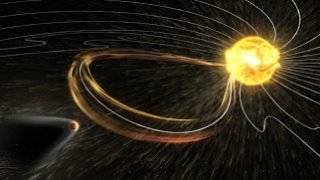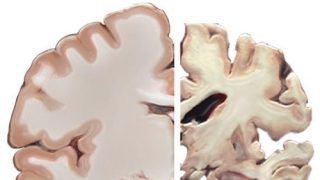
MI weekly selection #157
Humanities & Social Sciences • Science • Technology • Weekly Selection
Strands of dark matter may create “beard” around Eart Earth may have a “beard” of dark matter shooting out from it, and the roots may hold a wealth of information about the elusive stuff and Earth itself. The model shows how dark matter streams may interact with a planet’s gravity, passing straight through and producing […]

